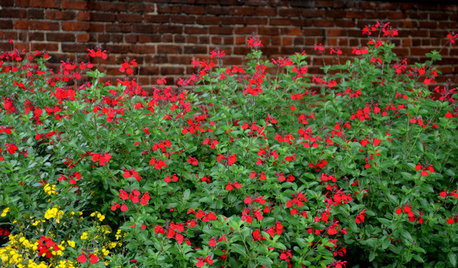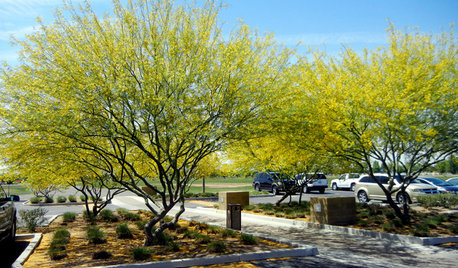greggii & microphylla xeric?
wardda
17 years ago
Related Stories

GARDENING GUIDESGreat Design Plant: Autumn Sage Brings Color and Butterflies
Whether you live in the arid desert or the humid South, you'll likely find this deer-resistant beauty as irresistible as winged creatures do
Full Story
TREESGreat Design Plant: Desert Museum Palo Verde Offers a Colorful Canopy
Rising above others with its long bloom time, artful vase shape and lack of thorns, this tree is great for casting filtered shade
Full StoryMore Discussions






rich_dufresne
warddaOriginal Author
Related Professionals
Danbury Landscape Architects & Landscape Designers · Chattanooga Landscape Architects & Landscape Designers · Fort Lee Landscape Architects & Landscape Designers · Summit Landscape Architects & Landscape Designers · White Oak Landscape Architects & Landscape Designers · Belmont Landscape Contractors · La Vista Landscape Contractors · Lehigh Acres Landscape Contractors · Reedley Landscape Contractors · Rosemount Landscape Contractors · Tacoma Landscape Contractors · Lauderdale Lakes Landscape Contractors · East Brunswick Siding & Exteriors · Fairfax Siding & Exteriors · Woodland Hills Siding & Exteriorsrich_dufresne
warddaOriginal Author
hummersteve
rich_dufresne
hummersteve